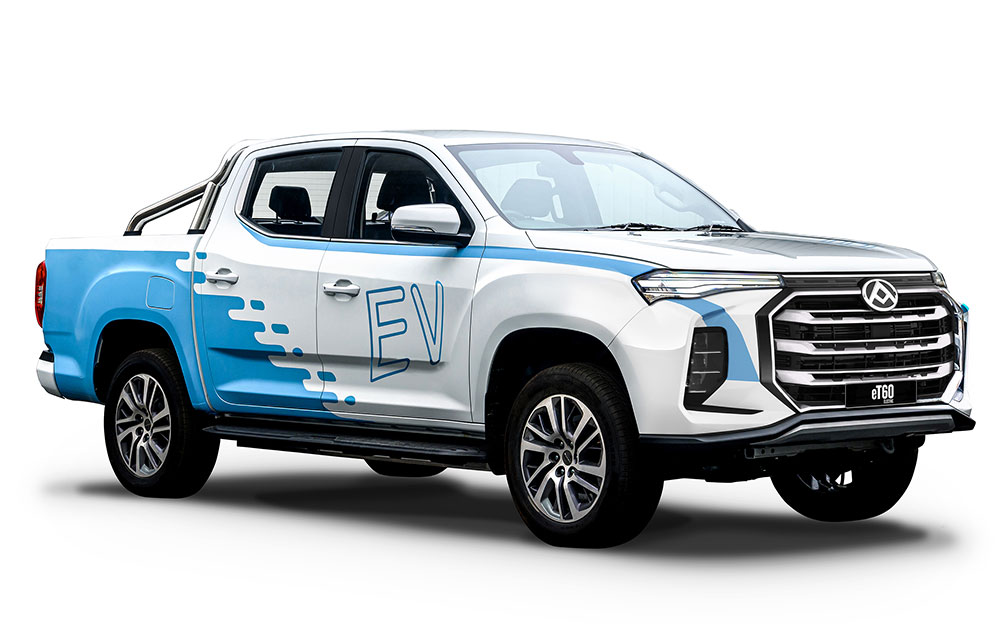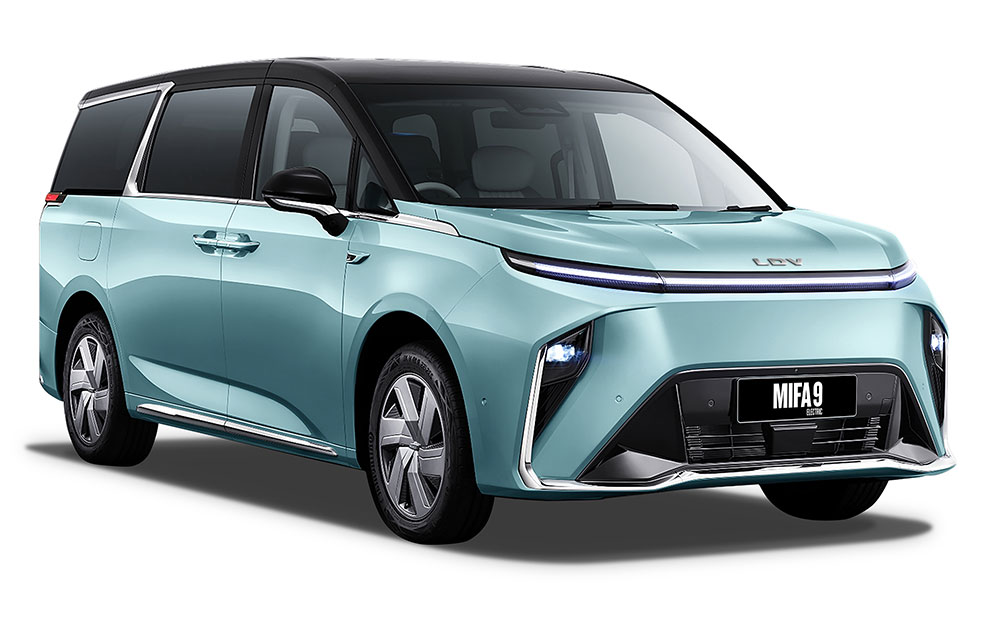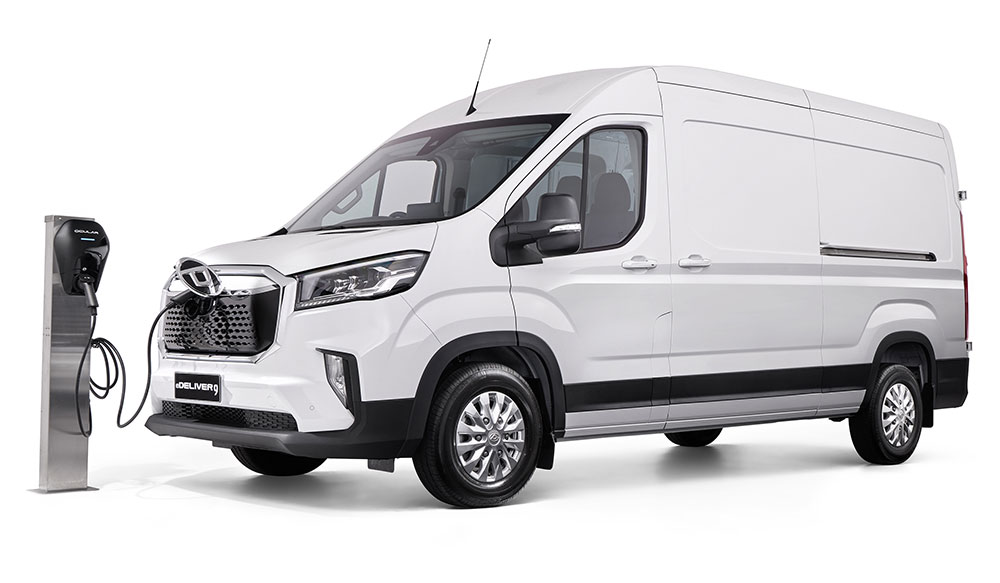LDV to launch Australia’s first electric ute
Chinese car maker LDV set to launch three new electric cars, including Australia’s first battery electric ute.

Chinese car maker is LDV set to launch three new electric vehicles (EVs), including Australia’s first battery electric ute, the eT60.
The company confirmed the three new ev models cars would arrive in Australia as early as November and include the eT60 electric ute, eDeliver 9 large electric van and Mifa 9 electric people mover.
The trio of EV arrivals will make LDV a leader in commercial electric vehicles in Australia, with local electric truck manufacturer SEA-Electric one of the few brands to have a broader range of larger electric models.
LDV launched in Australia in 2014 and its products have since become known for their keen pricing, with its seven models achieving sales so far this year of 9,829 units via a 92-strong national dealer group.
The company is backed by China’s SAIC, one of the world’s largest automotive manufacturers with extensive experience in the fast-moving Chinese EV market.
General Manager of LDV Australia Dinesh Chinnappa said China’s burgeoning EV market was having a growing influence on Australia and the rest of the world.
“In the first half of 2022, 2.4 million EVs were delivered to customers in China, more than double the total annual new car market in Australia,” Mr Chinnappa said.
“EVs now account for 26% of all car sales in China and 57% of global EV sales.
“China is moving ahead in electrifying its transport industry and it’s bringing the rest of the world – including Australia – with it.”
Headlining LDV’s new product onslaught will be the all-new LDV eT60 ute which is based on the brand’s T60 model, which is available in 4x2 and 4x4 variants and this year has sold 2,733 units versus the market-leading Toyota Hilux’s 44,626 sales.

LDV Mifa 9 electric people mover.
Available initially in 4x2 dual cab guise, the eT60 is powered by a single electric motor and an 88.5kWh lithium-ion battery pack, good for a claimed range of 330km on the WLTP cycle.
Charging from 5-100% using an 11kw AC charger is claimed to take about nine hours, while the eT60’s DC fast-charging capability means it can charge from 20-80% in about 45 minutes.
Also due in November is the LDV eDeliver 9, a large electric van based on the established ICE-powered Deliver 9, which is Australia’s number-one selling large van, with 1,913 sales for 12.2% market share.
The eDeliver 9 will find itself competing in the emerging electric van space with the recently announced battery-electric powered Mercedes-Benz eVito Panel Van.
Pricing has not yet been announced for the eDeliver 9, but it’s expected the LDV will comfortably undercut the Benz’s $89,353 price tag.

LDV eDeliver 9 electric van.
Available in long wheelbase mid and high-roof variants, along with cab chassis options, the eDeliver 9 is powered by a single electric motor and 88.5kWH lithium-ion battery pack for a claimed range of 280km (WLTP).
Charging time using an 11kw AC charger takes about nine hours, while DC fast-charging at a maximum rate of 80kW takes about 45 minutes from 20-80% charge.
The final LDV EV to be unveiled in November will be the LDV Mifa 9, a luxury electric people mover which will be available initially in a roomy seven-seat configuration, with an eight-seat version available from early 2023.
Arriving in three variants featuring a comprehensive range of standard safety equipment – including autonomous emergency braking, adaptive cruise control, rear collision warning system, lane departure warning, lane change assist and emergency lane keep assist – the Mifa 9 is powered by a single electric motor and 90kWh lithium-ion battery, for a combined range of up to 440km (WLTP).
RACQ members save on Chargefox ultra-rapid charging network
Related topics
Things to note
The information in this article has been prepared for general information purposes only and is not intended as legal advice or specific advice to any particular person. Any advice contained in the document is general advice, not intended as legal advice or professional advice and does not take into account any person’s particular circumstances. Before acting on anything based on this advice you should consider its appropriateness to you, having regard to your objectives and needs.

